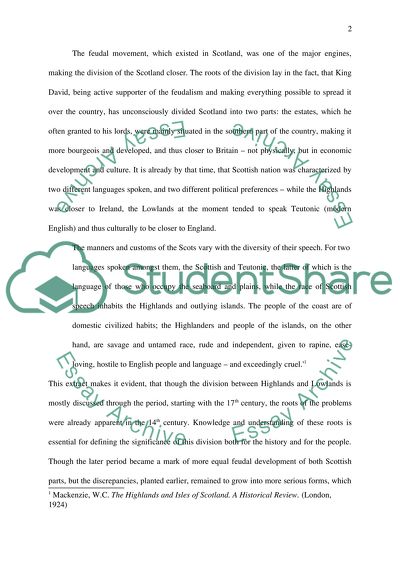Cite this document
(“How significant was the division between the Scottish Highlands and Essay”, n.d.)
How significant was the division between the Scottish Highlands and Essay. Retrieved from https://studentshare.org/miscellaneous/1506887-how-significant-was-the-division-between-the-scottish-highlands-and-lowlands
How significant was the division between the Scottish Highlands and Essay. Retrieved from https://studentshare.org/miscellaneous/1506887-how-significant-was-the-division-between-the-scottish-highlands-and-lowlands
(How Significant Was the Division Between the Scottish Highlands and Essay)
How Significant Was the Division Between the Scottish Highlands and Essay. https://studentshare.org/miscellaneous/1506887-how-significant-was-the-division-between-the-scottish-highlands-and-lowlands.
How Significant Was the Division Between the Scottish Highlands and Essay. https://studentshare.org/miscellaneous/1506887-how-significant-was-the-division-between-the-scottish-highlands-and-lowlands.
“How Significant Was the Division Between the Scottish Highlands and Essay”, n.d. https://studentshare.org/miscellaneous/1506887-how-significant-was-the-division-between-the-scottish-highlands-and-lowlands.


